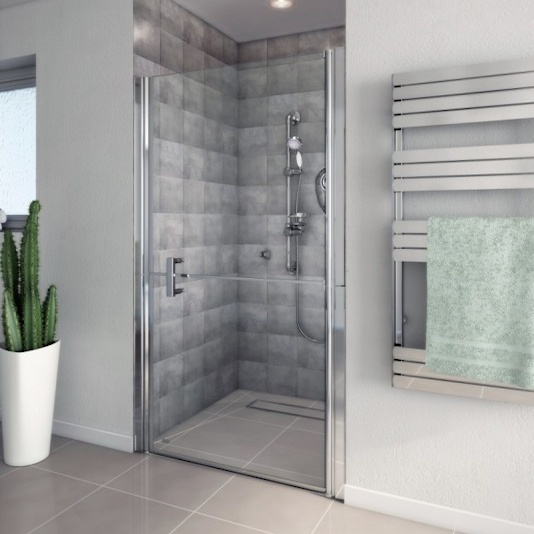Here we take a look at some of the more regular questions we are asked about our shower installations for elderly and disabled people. Of course, whilst we’ve tried to answer most of the questions our customers ask when we meet to discuss designing and fitting a disabled showering solution, we may have missed a question you might have.
If this is the case, please do not hesitate to get in touch with us. We’re more than happy to provide advice an assistance on an individual basis.
An easy access shower for a less mobile person can be installed into any bathroom, replacing a bath tub or shower. However, snags are sometimes encountered where a bathroom is not big enough to support carer assisted showering, or the room shape/size does not support a new shower installation. For instance, we once encountered a very long and narrow bathroom in an old Victorian house, which just proved to be unworkable. However, such occasions are rare, as we can install a new shower in many different sized and shaped bathrooms. The best way to see what will work is to arrange for our Advisor to meet you and review your bathroom in order to come up with a custom proposal that’s tailored around your needs.
In a private residence there are no specific size regulations for a shower for a disabled person. Having said that, the shower does need to be an appropriate size for the individual’s circumstances. As an example, a shower tray for an able bodied person is a recommended minimum size of 600mm x 600mm. For a less mobile person the shower tray will need to be larger. Where a Zimmer frame or wheelchair is used the shower tray will need to be big enough to accommodate these aids.
Yes, we can install a shower to fit a wheelchair. In addition to ensuring we have the right size shower tray all of our trays are reinforced to take the weight of a wheelchair. It’s worth bearing in mind that not all shower trays can support a wheelchair or shower seat/stool. These reinforced trays focus the weight to small contact points in the shower tray. Many shower trays available from mass market DIY stores will not be strong enough to deal with this kind of focused weight distribution and will fail if used with a wheelchair, Zimmer frame or shower seat. If any of these mobility aids are required now or in the future, it’s very important to ensure the shower tray will support their use.
Available accessories include grab rails, shower chairs, press button showers, carer assisted half height screens, etc. The specifics required will depend on an individual’s situation, personal preference and budget. Standards of finish will also vary, with options such as cladding or tiling, waterproof flooring, along with the usual choices of wc’s basins and easy turn lever taps.
Once work begins the new shower tray and doors can be installed in a day or two. Exactly how much time is needed depends on how much plumbing is required. A bath waste is generally above floor level and higher than a waste for a low level or level access shower. Plumbing in the shower will involve moving the plumbing to a lower level, which can be time consuming. Other works in the bathroom such as flooring, tiling, new basins and wc’s will add more time to the installation.
The best way to find out how much a new shower will cost is to obtain a quote. Keep in mind that local builders or plumbers, good though they may be, will not have the expertise to design a shower suitable for a person with reduced mobility. To get a suitable bathroom adaptation, you will need a specialist in mobility bathrooms, such as Absolute Mobility.
All showers in a mobility adapted bathroom should be regulated with a thermostatic valve. Manufacturers make several types of showers suitable for mobility bathrooms with anti-scald features and these should always be used in bathrooms for people with reduced mobility. The hot water can be adjusted up to 40 degrees, but no hotter, preventing scalding.
If you’d like to discuss the options available for a mobility adapted shower, please get in touch on 03300 882 237.

